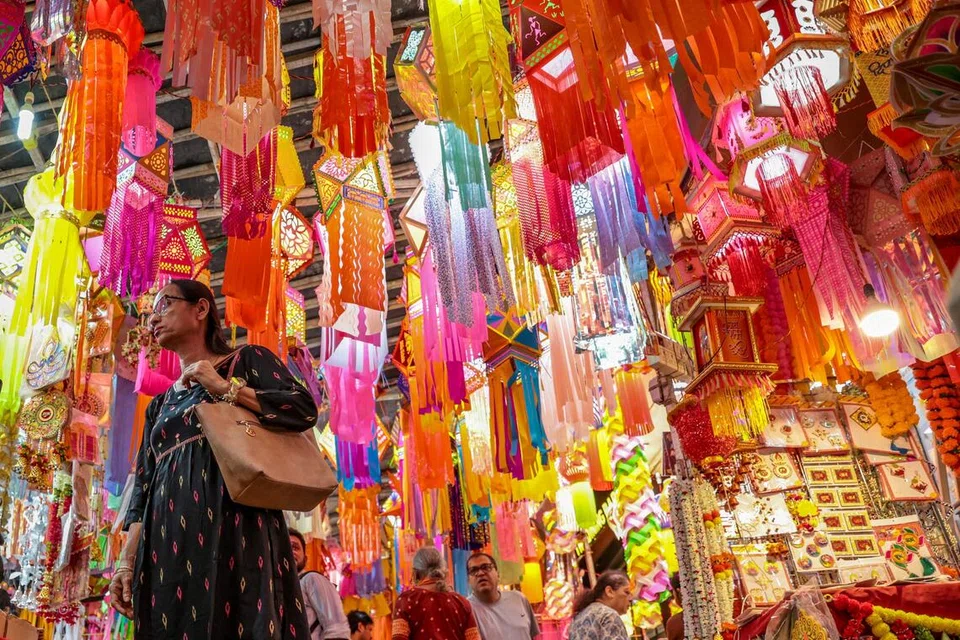As the festival of lights sweeps across India, each region celebrates Deepavali in a way that reflects its own faith, history, and artistic flair.
From Ayodhya’s world-record displays of diyas to Assam’s mystical Kali Puja, Rajasthan’s regal grandeur, and Varanasi’s spiritual splendour, Deepavali is less a single festival and more a mosaic of traditions illuminating India’s cultural soul.
Ayodhya: The City of Diyas
In Ayodhya, Deepavali is not just a celebration – it’s history reborn. After setting two Guinness World Records in 2024 by lighting over 2.5 million diyas, the city now aims for 2.8 million this year. The Ram Ki Paidi ghats will glow brighter than ever as the Saryu River reflects millions of flickering lamps.
“Diwali in Ayodhya is deeply personal – it’s where Lord Ram returned to his people,” says National Award-winning author Yatindra Mishra. “It’s not just ritual, it’s remembrance.”
The festivities unfold over five days, from Dhanteras to Bhai Dooj, with traditional pujas, aartis, and offerings of 56 dishes during Annakoot.
Varanasi: The Sacred Light
In the world’s oldest living city, Varanasi, Deepavali begins with devotion.
The temple of Maa Annapurna and Lord Kuber – open only five days a year – draws over a lakh devotees daily. “People queue up from dawn to seek blessings,” says temple manager Kashi Mishra.
The city’s famed Ganga Aarti at Dasaswamedh Ghat grows even more resplendent, with the riverbank shimmering under countless lamps.
Rajasthan: The Royal Glow
Rajasthan turns into a kingdom of light. Jaipur’s Johari Bazaar, City Palace, and Hawa Mahal glow under cascading strings of lamps, while Udaipur’s lakes mirror golden reflections of palaces lit up like jewels.
“Jaipur feels alive with music and colour, while Udaipur is calm and ethereal,” says actor and travel influencer Shenaz Treasury. “If you’re invited to a royal Deepavali, it’s pure magic.”
Assam: The Power of the Goddess
In Assam, Deepavali coincides with Kali Puja, especially at Guwahati’s Kamakhya Temple. “It’s an intense night of chants, rituals, and devotion,” says actor Kangan Baruah Nangia.
Unlike Lakshmi Puja in most parts of India, Assamese homes worship Goddess Kali on Deepavali night, illuminating their homes with handmade bamboo lamps. Folk songs and traditional Bihu-style dances add local rhythm to the spiritual fervour.
Kolkata and Amritsar: Of Goddesses and Gurus
In West Bengal, Kali Puja dominates Deepavali nights, with idols of the goddess worshipped amid chants and incense.
“In many homes, it’s bigger than Durga Puja,” says actor Bidita Bag.
Across the north, Amritsar’s Golden Temple glows in divine radiance during Bandi Chor Diwas – the Sikh celebration of Guru Hargobind Ji’s return from imprisonment – turning faith into a spectacle of light and liberation.
Across India, Deepavali transcends geography and religion – uniting millions in the shared joy of light conquering darkness, devotion meeting festivity, and tradition embracing the future.

